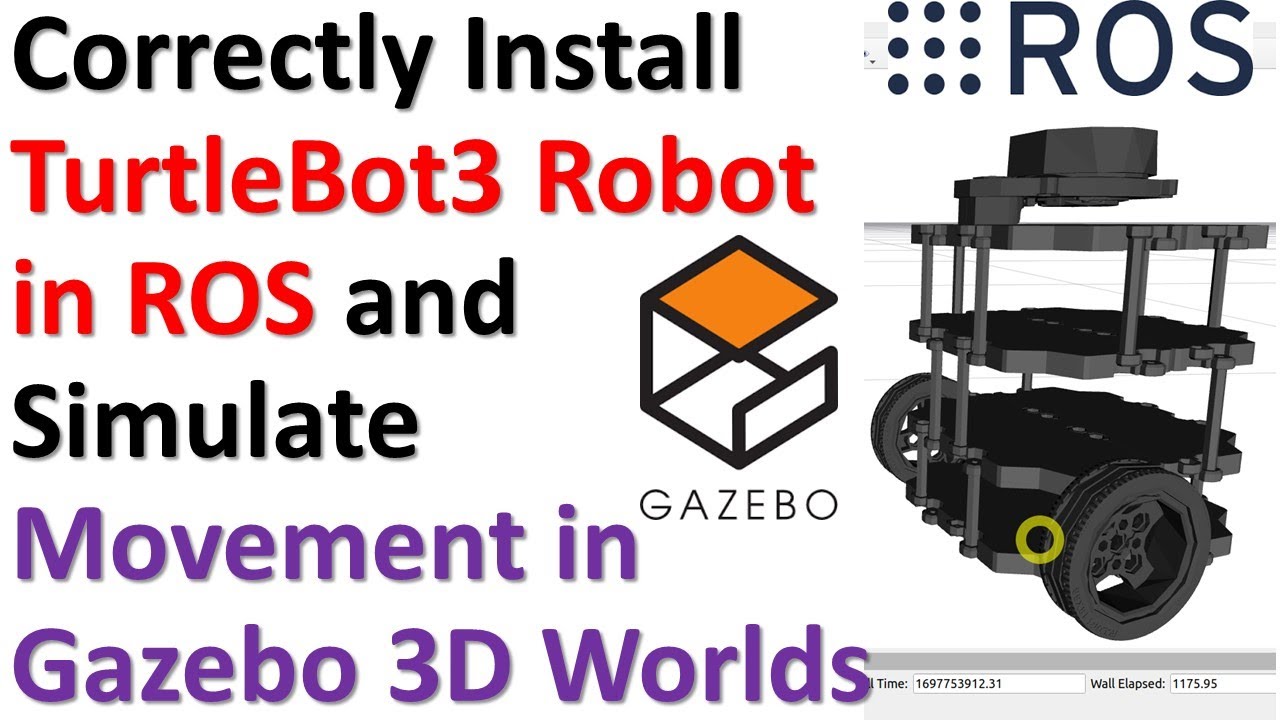
How to program a TurtleBot3 for ROS applications?
If you’re looking to dive into the world of robotics and are interested in using ROS (Robot Operating System) for your projects, then programming a TurtleBot3 can be a great starting point. The TurtleBot3 is a popular robot platform that is compatible with ROS, making it an ideal choice for beginners and advanced users alike.
Step 1: Setting up your TurtleBot3
Before you can start programming your TurtleBot3, you’ll need to set it up properly. This includes assembling the robot, installing the necessary software, and connecting it to your computer. Make sure to follow the manufacturer’s instructions carefully to ensure a smooth setup process.
Step 2: Installing ROS
ROS is a powerful tool for robotic applications, and it’s essential for programming your TurtleBot3. Make sure to install ROS on your computer and configure it properly to communicate with your robot. You can find detailed instructions on the ROS website to help you get started.
Step 3: Writing your first ROS program
Once you have your TurtleBot3 set up and ROS installed, it’s time to start programming. ROS uses a series of nodes that communicate with each other to control the robot’s behavior. You can write your programs in various programming languages, such as Python or C++. Start with a simple program to move the robot forward and backward, and then gradually add more complexity as you gain more experience.
Step 4: Testing and debugging
As you write and run your ROS programs, it’s essential to test them thoroughly and debug any issues that arise. Use the ROS tools and visualization capabilities to monitor your robot’s behavior and make adjustments as needed. Don’t be afraid to experiment and try different approaches to achieve the desired outcome.
Step 5: Advanced programming techniques
Once you’re comfortable with the basics of programming your TurtleBot3, you can explore more advanced techniques to enhance its capabilities. This includes implementing algorithms for autonomous navigation, object detection, and mapping. You can also integrate sensors and other hardware components to create more sophisticated applications.
Conclusion
Programming a TurtleBot3 for ROS applications can be a rewarding experience that opens up a world of possibilities in robotics. By following the steps outlined in this guide and practicing regularly, you can develop the skills needed to create innovative and exciting projects with your robot. Remember to stay curious, be persistent, and have fun along the way!
Was this helpful?
0 / 0